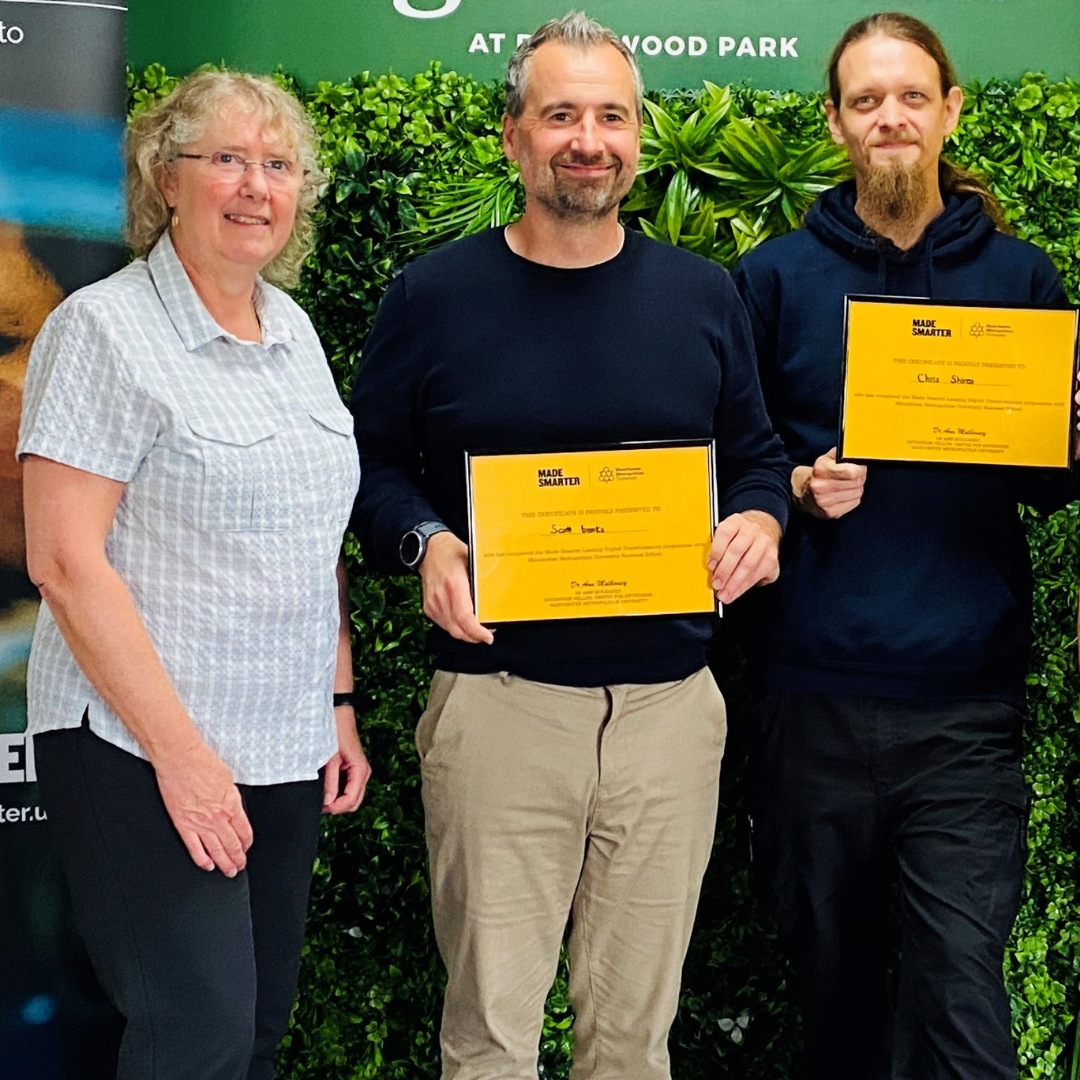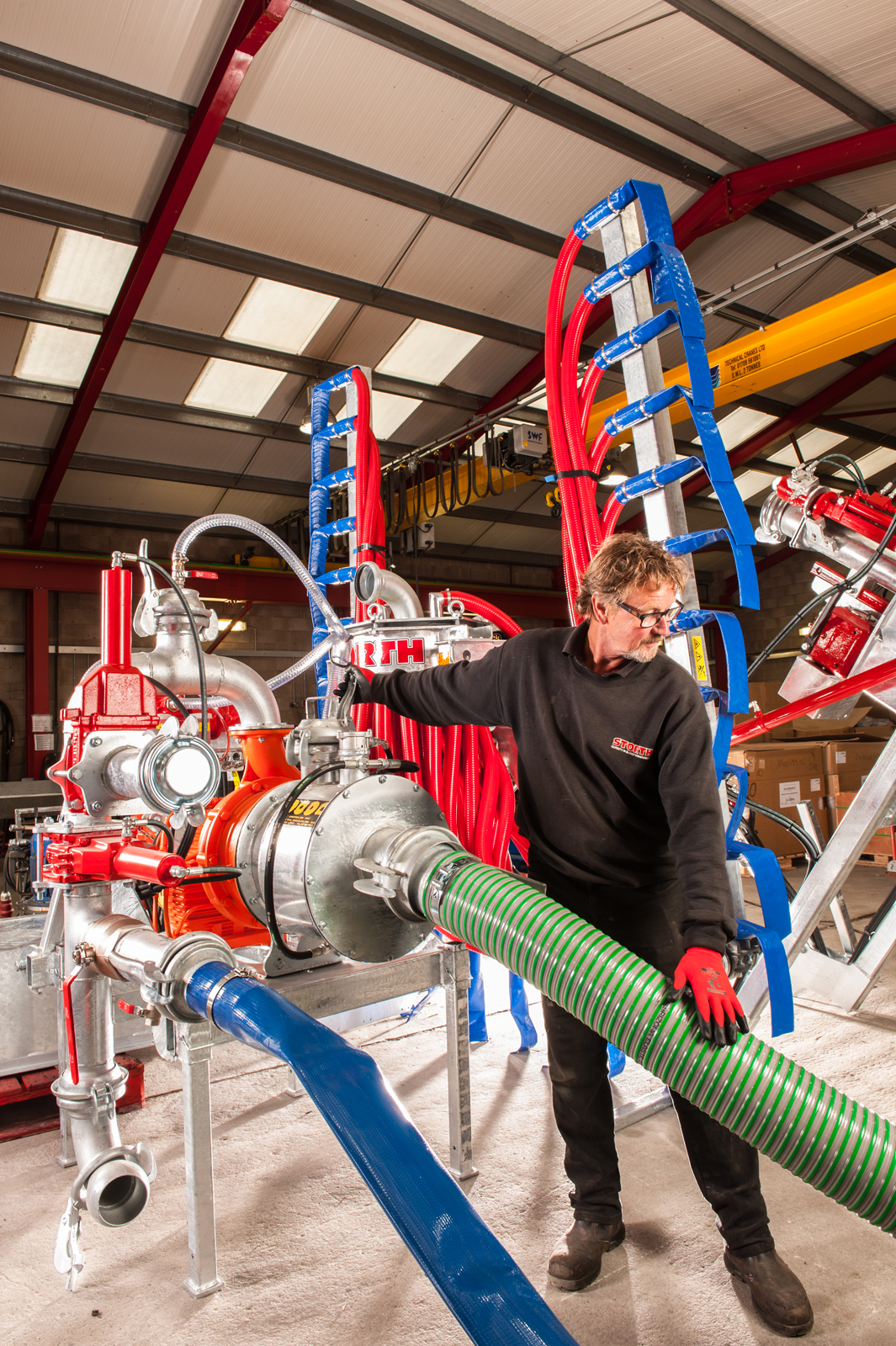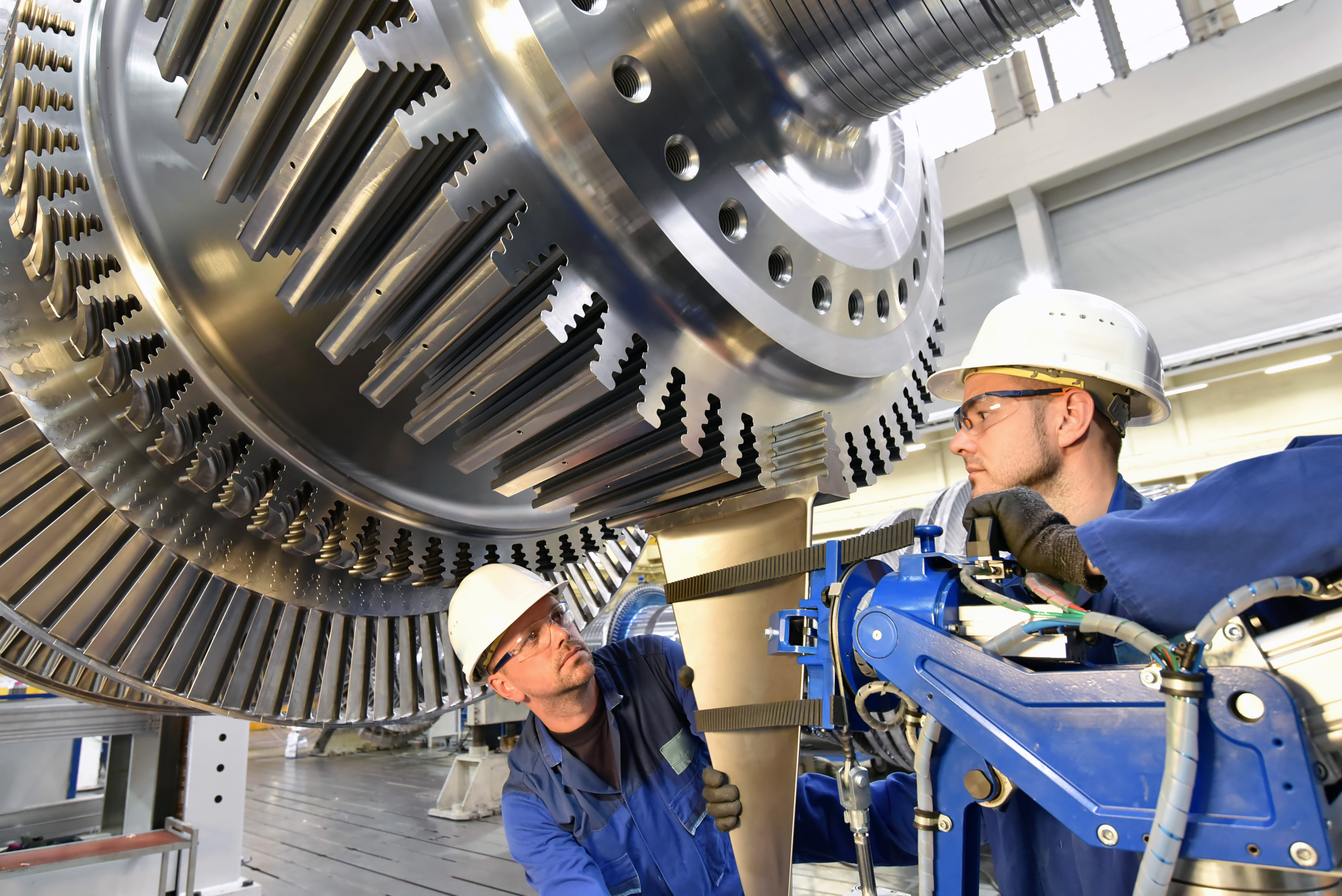
A Radcliffe engineering firm is using virtual reality simulation to redesign its factory and processes to expand capability and target new growth, using Made Smarter support and advice.
BEP Surface Technologies manufactures and refurbishes chill rolls using electroplating, precision grinding and surface finishing processes.
It wants to significantly expand its electroplating operation, which means it must relocate its machining department to a new factory.
With advice and support funding from Made Smarter, BEP is investing in VR simulation technology to create a digital replica of its two sites to optimise the design and layout, and workflow of the new factory.
View the Case StudyThis is going to revolutionise the way we do things and bring us into the digital age. By embracing technology, we can stimulate growth for the company and innovate, breathing new life into a very traditional factory environment.
Andrew McClusky, Managing Director of BEP Surface Technologies
As BEP has grown, it has doubled the size of its factory to 24,000 sq ft.
But increasing demand for electroplating – has encouraged BEP to expand its capacity further.
“Over the last 20 years we’ve played a long game and invested in electroplating copper, chrome and nickel,” Andrew explained. “We also benefit from having some of the largest grinding machines left in the UK and expanded our capability to machine components to very fine tolerances using lathes and polishers.
“However, our European competition have bigger electroplating tanks and can therefore handle larger components. This means UK business is going abroad for this service.
“I want to be able to compete with our rivals on the Continent – and that means investing in the future.”
To achieve this ambition, BEP needs to redesign its factory.
“The biggest challenge is that we need to know what our capabilities and limitations with both sites will be before investing in the project,” Andrew said. “Will it fit? How will it fit? How deep are the foundations? Where do we put the power supply? Can I get greater headroom from my crane? What is the capacity to expand? We need to know the answers to before we take the plunge.”
The first phase of the project involves a 3D scan of BEP’s existing and new facilities and using 3D design software to create 3D models.
This will enable the business to design elements of their new and existing workspaces and production workflows.
Andrew said: “A laser scan of the buildings will create millions of references for a 3D image. Coupled with ground penetrating radar, we will have a highly accurate simulation of both sites. This gives us a safe digital environment to be able to test our plans.”
The second phase of the project is to develop in-house visualisation and VR capability to create a 3D walk-through of facilities to market to prospective customers and enhance health and safety training for visitors and BEP’s 40 staff.
Expanding to a second site and investing in larger electroplating tanks is part of an ambitious growth strategy to take BEP from a £4M turnover business to £6.5M within four years.
Developing a digital replica of its facilities as a testing ground for its ideas will significantly de-risk BEP’s ambitions.
“To be able to optimise the layout of the two sites will save us a lot of time and money,” Andrew said. “It will minimise downtime and disruption during the relocation of the machining workshop and even allow us to test processes and workflow before implementation, which will greatly increase resource efficiency.”
Having a virtual model of its facilities could revolutionise BEP’s marketing capabilities and upgrade its health and safety protocols.
“There are many hazards around our factory, including toxic chemicals, machinery, cranes and loading bays, so the health and safety of our staff and visitors is paramount,” Andrew said. “Rather than just reading through a document, our vision is to use VR technologies to enhance our induction process, so the new starter or visitor is familiar with the factory and its hazards before they even set foot inside.
“We will also be able to use the 3D model to create a fly-through to market our capabilities to prospective customers.
“With a little bit of imagination and effort we believe a whole raft of additional benefits and opportunities will present as the project grows.”
BEP’s long-term goal is a Digital Twin, a virtual model of the factory run in tandem with the real thing.
It is already looking to sensor-up its old machines and gain the benefits from data acquisition and analytics from the shop floor.
“Next year BEP celebrates its golden jubilee,” Andrew said. “It’s fitting that we are looking to adopt next generation manufacturing technologies just as we enter the next chapter of our history. “Made Smarter has helped us with the start of that journey.”








